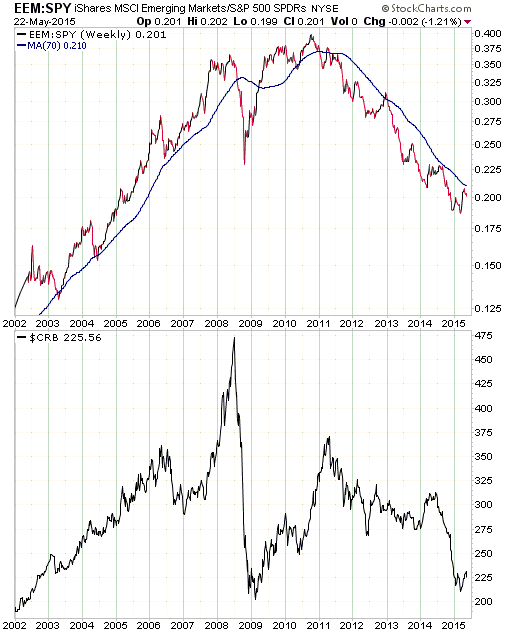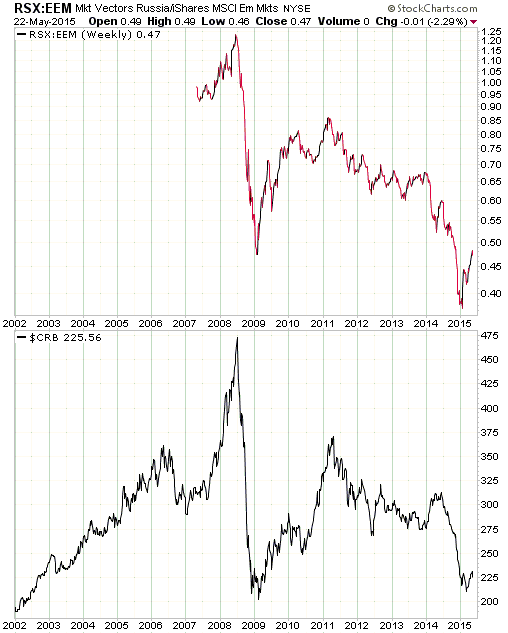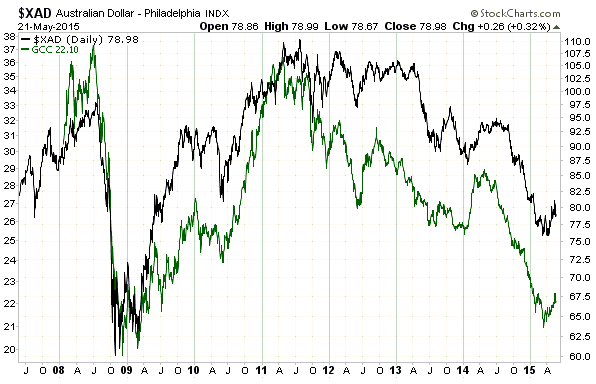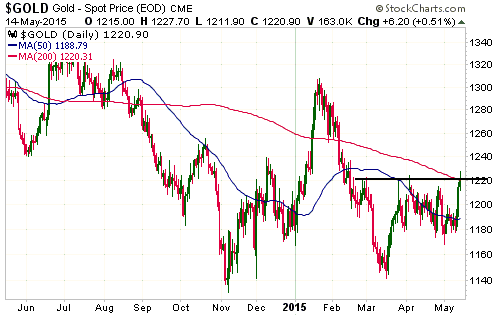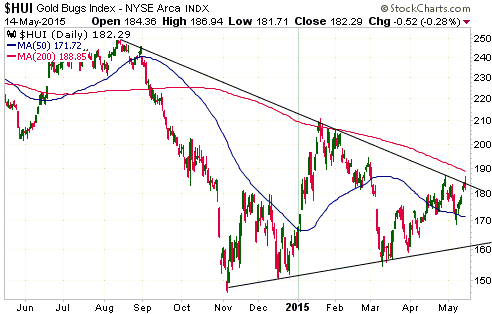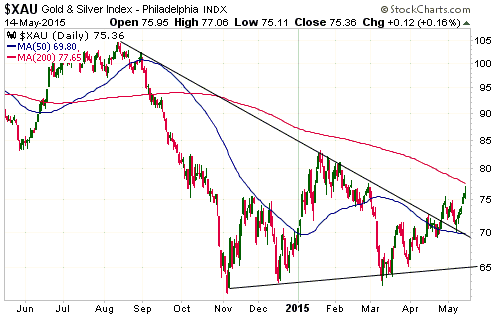Assuming that useful price clues are what you want, it’s pointless to analyse the flow of gold into China and within China. I explained why HERE, HERE and HERE. I’ll write about the bogus ‘China gold demand’ theory again in the future as it’s one of the most persistent false beliefs within the bullish camp, but in this post I’m going to quickly deal with another China-related false belief that periodically shifts to the centre of the bullish stage: the idea that China’s government is preparing to back the Yuan with gold.
I was going to write in detail about why a gold-backed Yuan is a pipe dream, but then I discovered Geoffrey Pike’s article on the same topic and realised that doing so would be akin to reinventing the wheel. This is because the aforelinked article encapsulates the argument I would have attempted to make. You should click on the link and read the entire piece (it isn’t long), but here’s the conclusion:
“There is no way that the Chinese central planners are going to voluntarily give up an enormous amount of power by going to some form of a gold standard. It would drastically reduce their ability to spend money. It would reduce their power. It would limit their ability (or lack of) to centrally plan the economy.”
Given that there are good reasons to expect gold to resume its long-term bull market in the not-too-distant future, why do so many bullish gold analysts argue their cases using the equivalent of fairy stories?
 Print This Post
Print This Post

